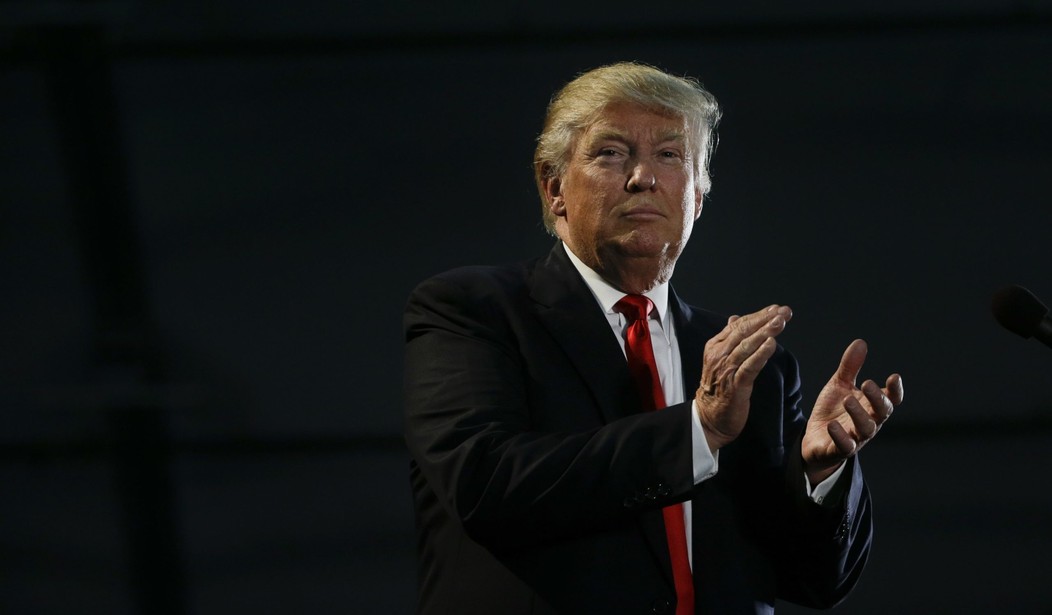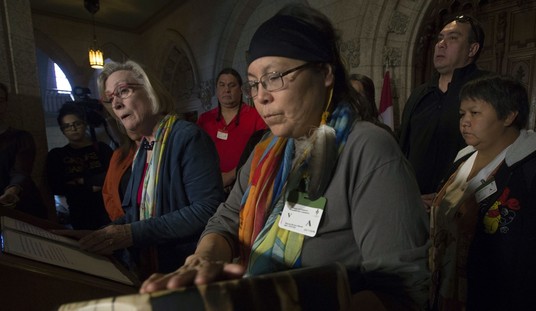One week before the election, 22 million people have already voted. Data compiled by the analytics firm Catalist and reported by The New York Times suggest that the widely hailed Obama coalition of women, racial minorities, and young people may not be holding together for Hillary Clinton.
While more Hispanic voters have cast early ballots than at this point in 2012, fewer black voters and millennial voters have done so, and white voters have increased in a few key states. While the Catalist data did not include which candidate voters had chosen, the demographics might suggest a Trump lead in early voting, at least in a few states.
The percentage of whites among early voters jumped in North Carolina (66 percent in 2012 to 74 percent this year), in Georgia (63 percent to 67 percent), and in Ohio (86 percent to 91 percent). The percentage of black voters decreased in Georgia and North Carolina by wide margins. Young voters (between 18 and 29 years old) decreased across the board, with the largest drops in Iowa, North Carolina, Utah, and Alaska.
Nevertheless, more registered Democrats than registered Republicans have already voted in nine states: Maryland, Oregon, California, Maine, Louisiana, Nevada, Iowa, North Carolina, and Colorado. More Republicans than Democrats have voted in Nebraska, Florida, and Arizona. Hispanic turnout has also increased, especially in Arizona, Nevada, and Utah.
Other polls have shown the race tightening in the final week, with Clinton ahead in early voting. Two new NBC News/Wall Street Journal/Marist polls showed a close race, but early voters breaking decisively for Clinton.
Among the 36 percent of likely voters in Florida who say they’ve already gone to the polls, Clinton led by 54 percent to Trump’s 37 percent. But among those who haven’t yet voted, the Republican led, 51 percent to 42 percent. Overall, the race proved a dead heat, with Clinton (45 percent) and Trump (44 percent) statistically tied, and Libertarian nominee Gary Johnson in third with 5 percent.
In North Carolina, 29 percent of likely voters said they had already voted, and of them 61 percent said they voted for Clinton, while only 33 percent broke for Trump. The Democrat still led overall, taking 47 percent to Trump’s 41 percent, leaving 8 percent for Johnson. The North Carolina and Florida polls were taken between October 25 and 26, before James Comey’s latest announcement of new material in Hillary Clinton’s email scandal.
Clinton still leads in the RealClearPolitics polling average, with 45.4 percent to Trump’s 42.6, leaving Johnson at 4.7 percent and the Green Party’s Jill Stein at 2.1 percent. In the race for electoral votes, she has an even stronger lead, with 263 electoral votes rated “solid,” “likely,” or “leans” while Trump only takes 164 electoral votes in those categories (each will need 270 electoral votes to win). In the current no-toss-ups prediction, Clinton will take 304 electoral votes to Trump’s 234.
FiveThirtyEight’s polls-plus forecast gives Clinton a 73.6 percent chance of winning, to Trump’s 26.3 percent.
Next Page: What about the Senate?
The NBC/WSJ/Marist polls showed the North Carolina Senate race in a dead heat, with incumbent Republican Senator Richard Burr tied at 48 percent with Democratic challenger Deborah Ross. The governor’s race gave a clear lead to Democrat Roy Cooper against Republican Governor Pat McCrory, 51 percent to 45 percent. In the Florida Senate race, incumbent Senator Marco Rubio still led Democrat Patrick Murphy, 51 percent to 43 percent.
Overall, the Senate remains a toss-up leading into the final week of the election. Burr leads Ross by 1 percentage point (46.3 percent to 45.3 percent) in North Carolina, while Republican Congressman Joe Heck leads former Nevada Attorney General Catherine Cortez Masto by a mere 0.4 percent (45.2 percent to 44.8 percent) in Nevada. In Missouri, Republican Senator Roy Blunt leads former Missouri Secretary of State Jason Kander by 1 percent (45.7 percent to 44.7 percent).
Other key races remain close. In Indiana, former Senator Evan Bayh leads Republican Congressman Todd Young (44.5 percent to 40.8 percent). In Pennsylvania, former Clinton environmental adviser Katie McGinty leads Republican Senator Pat Toomey (44.3 percent to 42.3 percent). In New Hampshire, Republican Senator Kelly Ayotte leads Democrat Governor Maggie Hassan (48.0 percent to 45.3 percent).
Only the Florida race, where Rubio leads Murphy by 5.6 percent (49.0 percent to 43.4 percent), is ranked “leans Republican.” Illinois is ranked “leans Democrat,” where Republican Senator Mark Kirk falls a full 7 points behind Democrat Representative Tammy Duckworth (36.3 percent to 43.3 percent), as is Wisconsin, where Senator Ron Johnson trails former Democrat Senator Russ Feingold by 6.8 points (43.5 percent to 50.3 percent).
The RealClearPolitics no-toss-ups map predicts the Democrats will pick up three seats (Indiana, Pennsylvania, Wisconsin, and Illinois), but lose one seat (Nevada) to Republicans, leaving the chamber in GOP hands, 51 to 49 (counting independent Senator Bernie Sanders as a Democrat). FiveThirtyEight’s polls-plus model, however, gives Democrats a 64.6 percent chance of taking the Senate, and Republicans a mere 35.4 percent chance of holding onto the chamber.









Join the conversation as a VIP Member